1. What is a bedspread?
A bedspread is a decorative, usually lightweight cover that stretches across the entire bed and often hangs down to the floor. Its primary purposes are aesthetic—to create a finished bedroom look—and light protection from dust. Traditional bedspreads are made from woven fabrics (cotton, polyester blends, jacquard, or quilted constructions) and are typically not heavily insulated.
1.1 Typical construction and materials
Bedspreads are most often single-layer or lightly quilted pieces of fabric. Common materials include:
- Cotton or cotton blends — breathable and easy to launder.
- Polyester/ microfiber — wrinkle-resistant and often less expensive.
- Quilted bedspreads with thin batting — decorative stitching and light texture.
1.2 Practical uses
Bedspreads work well in warm climates, guest rooms, or when you want a neat, tailored bed that hides sheets and duvet sets. They're ideal when you prefer a lighter cover that’s simple to place and remove.
2. What is a comforter?
A comforter is a thick, insulated blanket filled with natural or synthetic fill (down, down-alternative, polyester) and enclosed in a fabric shell. Comforters are designed primarily for warmth and are commonly used as the top layer of bedding — often inside a duvet cover for protection and styling.
2.1 Typical construction and materials
Comforters are constructed to trap air and retain heat. Key components:
- Shell fabric — usually cotton, polyester or a blend for durability.
- Filling — down (warm, lightweight), down-alternative (hypoallergenic), or synthetic polyester (affordable, easy-care).
- Construction details like box-stitch or baffle-box prevent fill from shifting.
2.2 Practical uses
Comforters are best when warmth is a priority: cooler bedrooms, winter months, or for sleepers who prefer a plush top layer. Used with or without a duvet cover, they add bulk and cozy insulation.
3. Key differences at a glance
The following table summarizes the most important differences to help you choose quickly.
| Feature | Bedspread | Comforter |
| Primary purpose | Decorative, light coverage | Warmth and insulation |
| Thickness | Thin to medium | Medium to very thick |
| Typical use season | Spring/Summer or year-round decorative | Fall/Winter or cold climates |
| Care | Usually machine-washable, low-insulation | Care varies — down may need professional cleaning; many synthetics are machine-washable |
| Styling flexibility | High — tailored look, coordinates with room décor | High when used with duvet covers; less tailored when used alone |
4. How to choose: 6 practical decisions
Choosing between a bedspread and a comforter depends on your climate, style goals, maintenance preference, bed height, and how you sleep. Use these six decision points:
- Warmth needs — pick a comforter for substantial warmth; choose a bedspread for light coverage.
- Bedroom style — bedspreads give a neat, hotel-like finish; comforters create a cozy, layered look.
- Bedding height — bedspreads that reach the floor hide underbed storage; comforters typically stop at the mattress edge.
- Allergy or care concerns — choose down-alternative comforters or easily washable bedspreads for simple care.
- Seasonal flexibility — use a lightweight bedspread in summer and swap to a comforter for winter.
- Budget — bedspreads are often less expensive; high-quality down comforters cost more.
5. Care & maintenance tips (2.1 quick checklist)
5.1 Bedspread care
Most bedspreads are machine-washable—follow the label: wash on gentle, tumble dry low or line-dry to avoid shrinking. For quilted spreads, fasten any ties or buttons before washing.
5.2 Comforter care
Check filling type: synthetic comforters usually machine-wash on a large-capacity washer; down comforters may require professional cleaning or a large, front-loading washer and low-heat drying with dryer balls to restore loft.
6. Styling tips: mix and match
You can combine both pieces for layered looks. For example, use a comforter inside a duvet cover for warmth, then fold a bedspread or lightweight quilt at the foot of the bed for color and texture.
- Use a bedspread to hide a mismatched bed base or underbed storage.
- Select a neutral comforter and swap duvet covers seasonally for fast style updates.
7. Quick FAQ (7.1 common questions)
7.1 Can a bedspread replace a comforter?
Only in warm climates or seasons—bedspreads do not provide the insulation of a comforter. For most people in cooler temperatures, a comforter or duvet is necessary for warmth.
7.2 Is a comforter the same as a duvet?
Not exactly. A comforter is a filled blanket used as-is or inside a duvet cover. A duvet is usually the insert that goes inside a removable duvet cover; in everyday usage the terms sometimes overlap.
If you want, I can also provide short product-style copy or a printable quick-reference card comparing bedspreads and comforters for your website or store pages.





 Français
Français Español
Español Deutsch
Deutsch
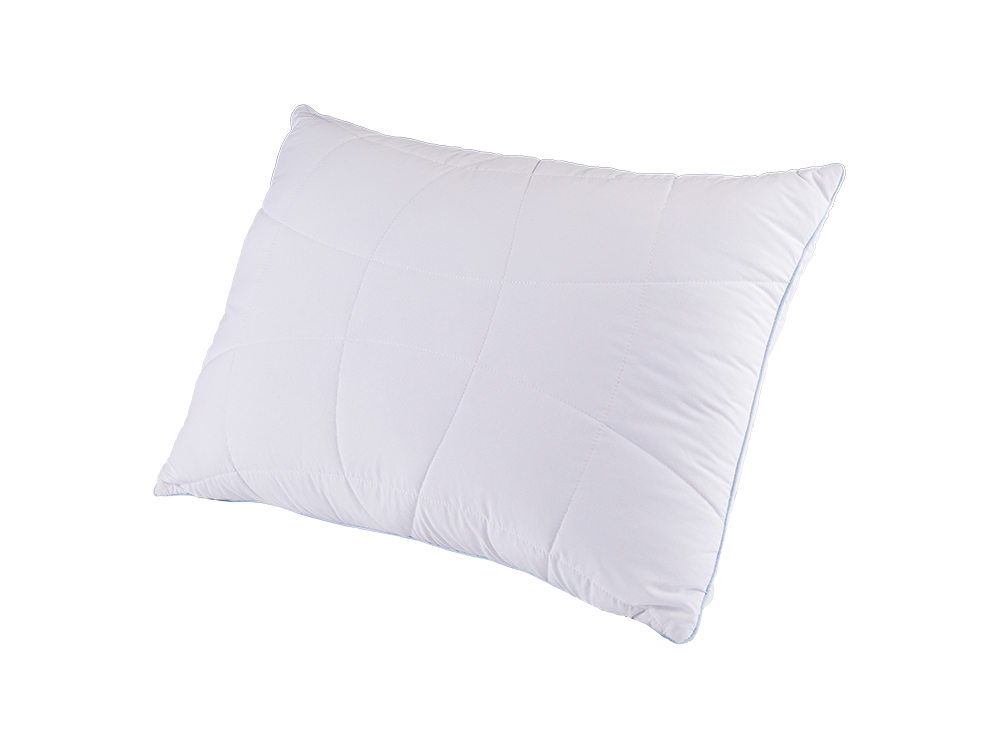
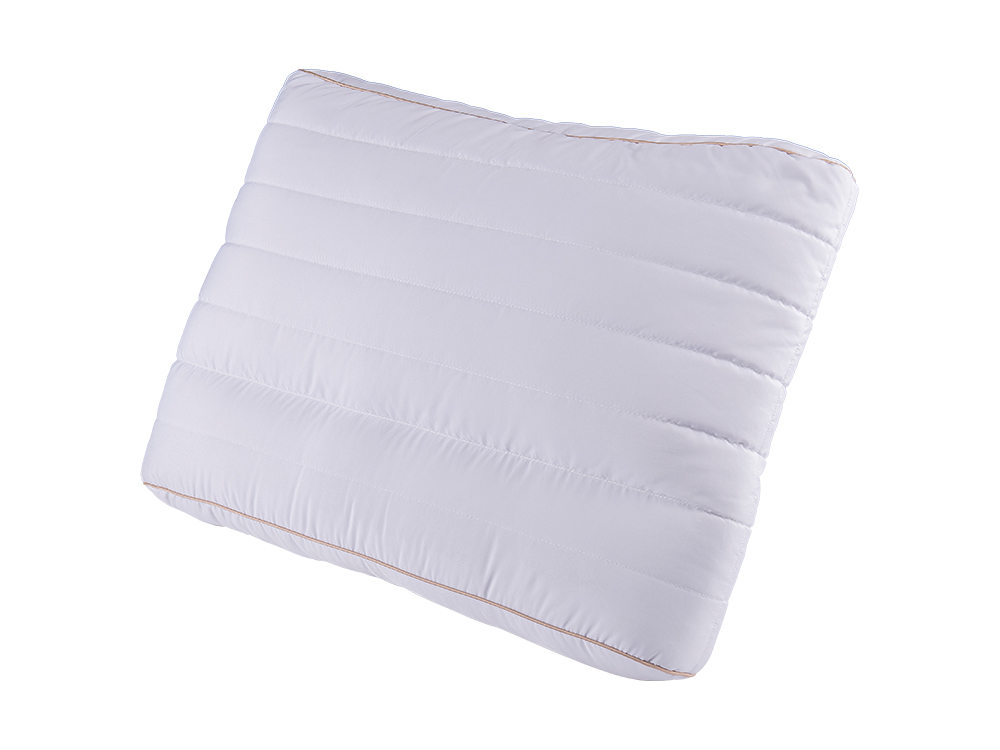
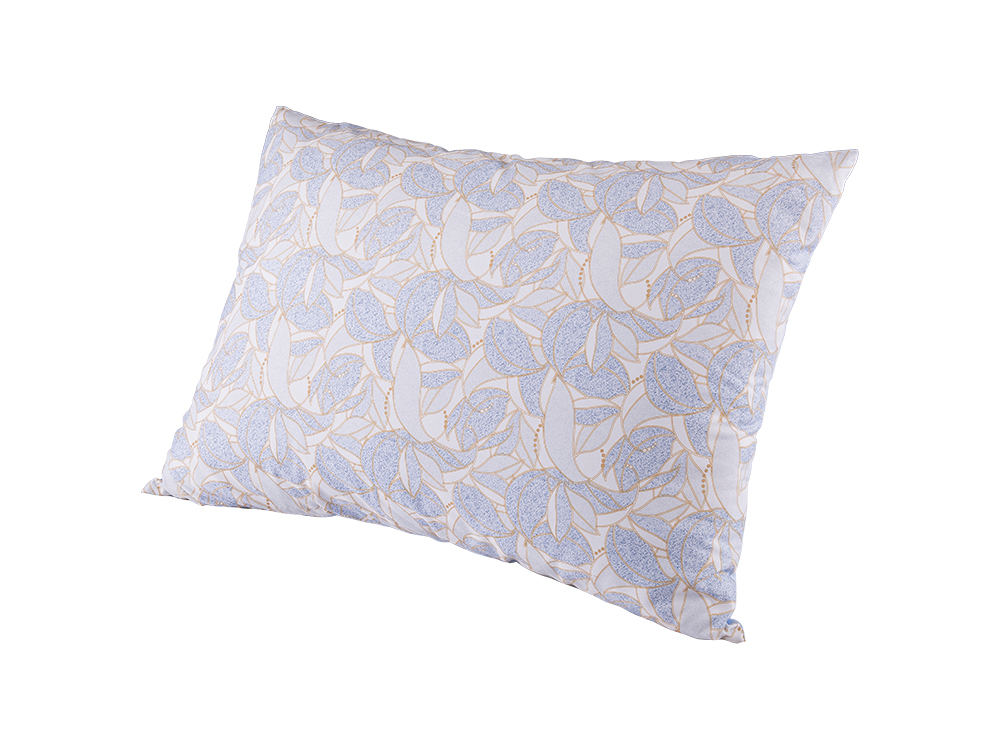
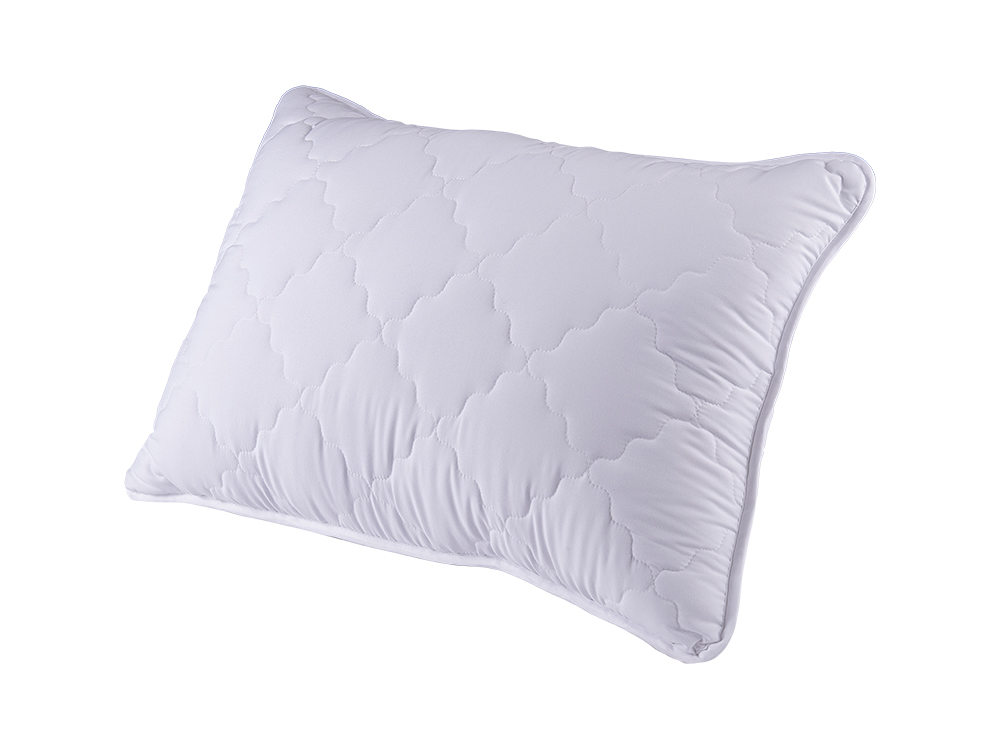
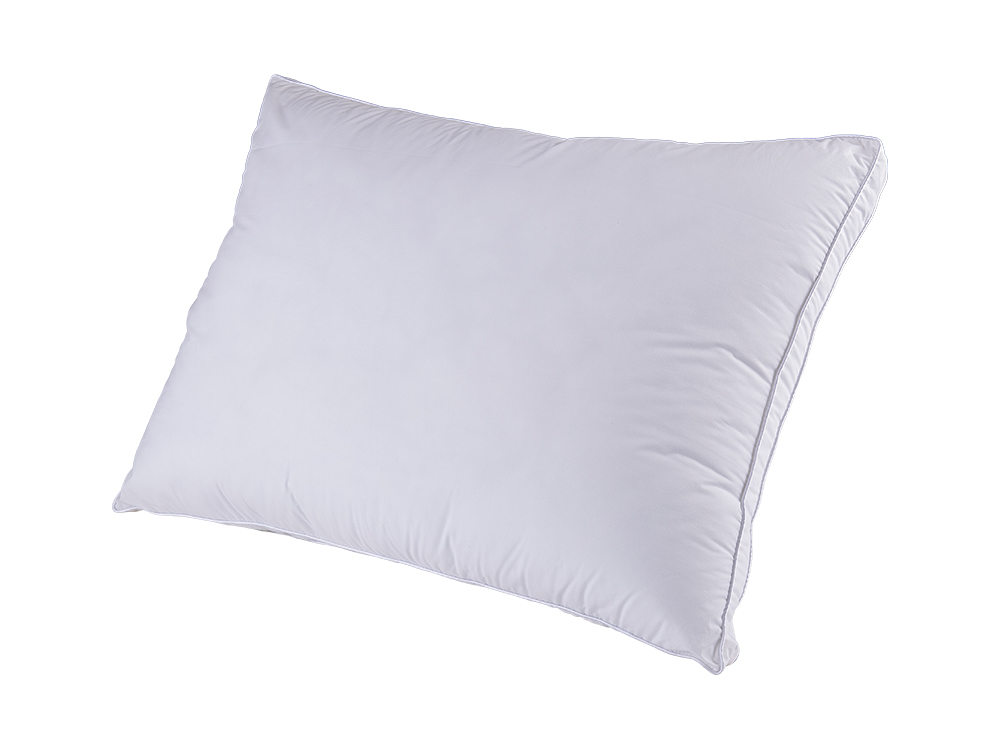
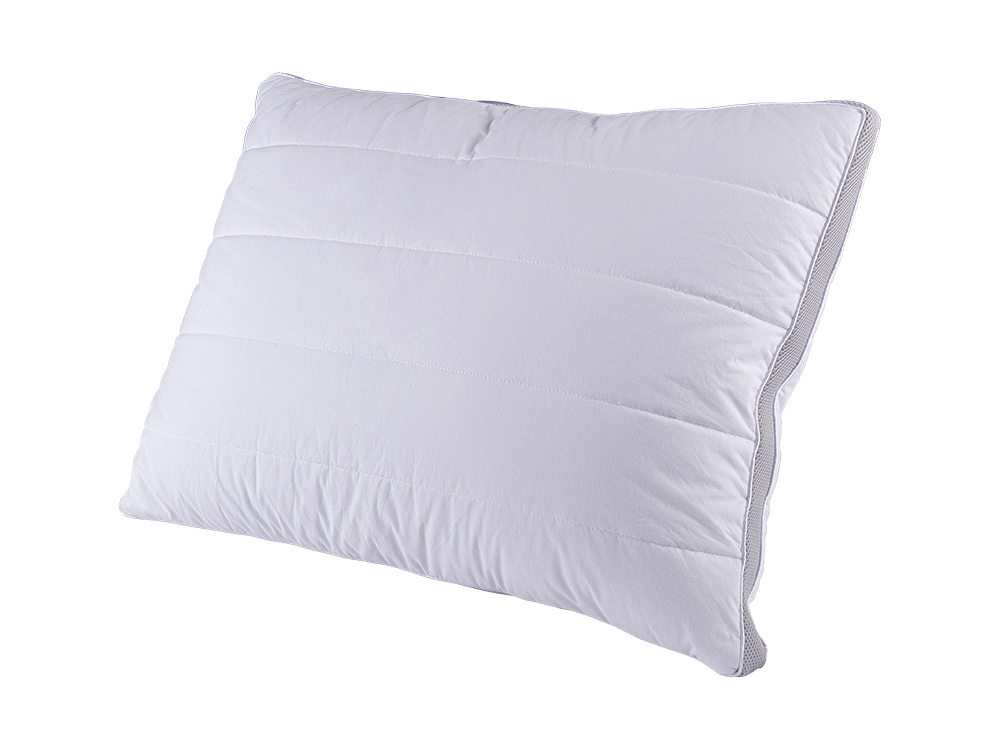
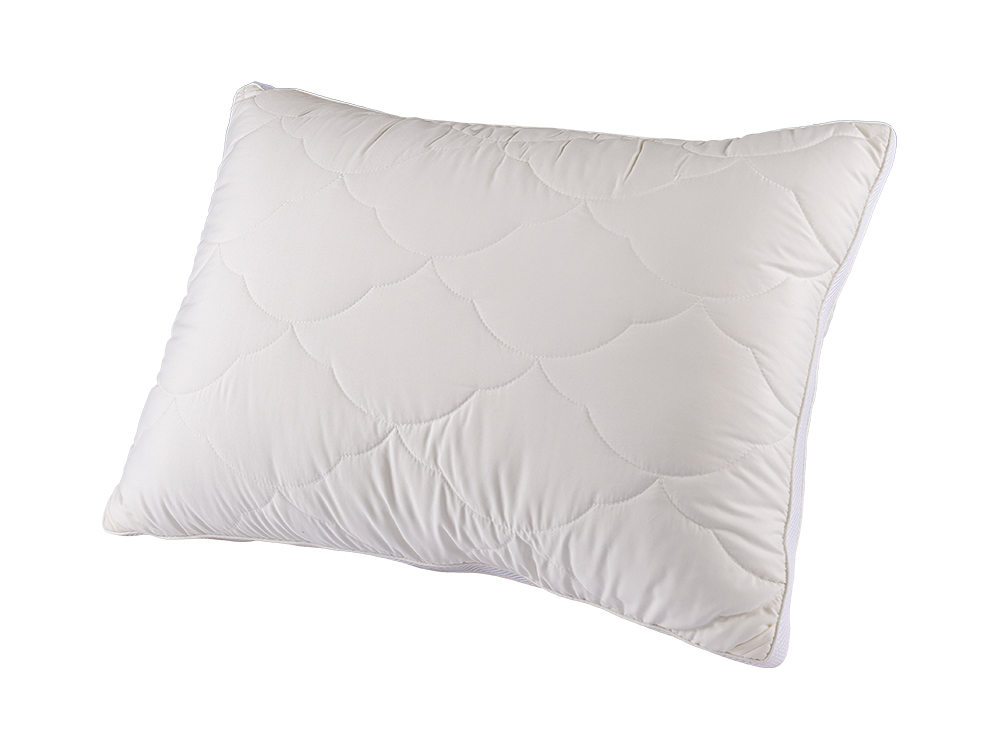
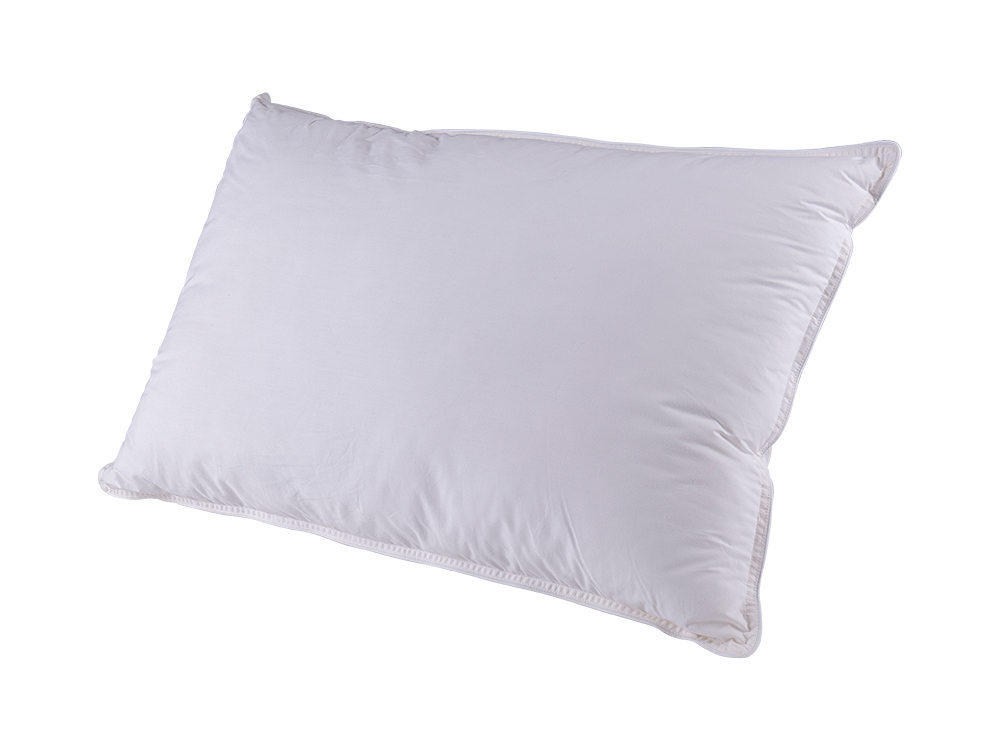
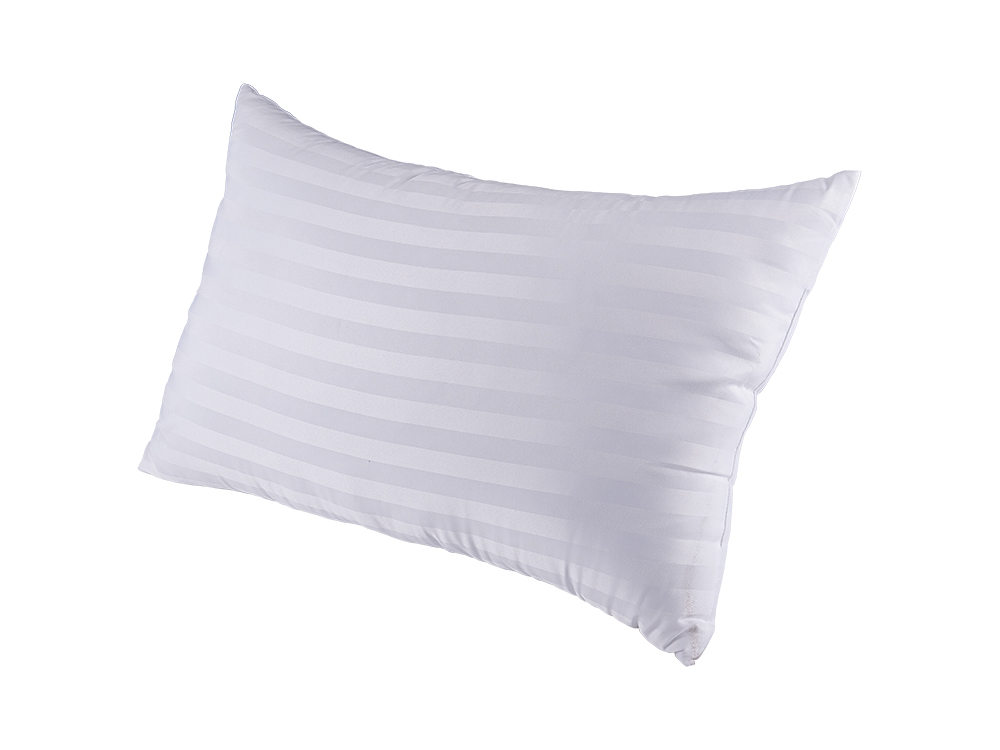
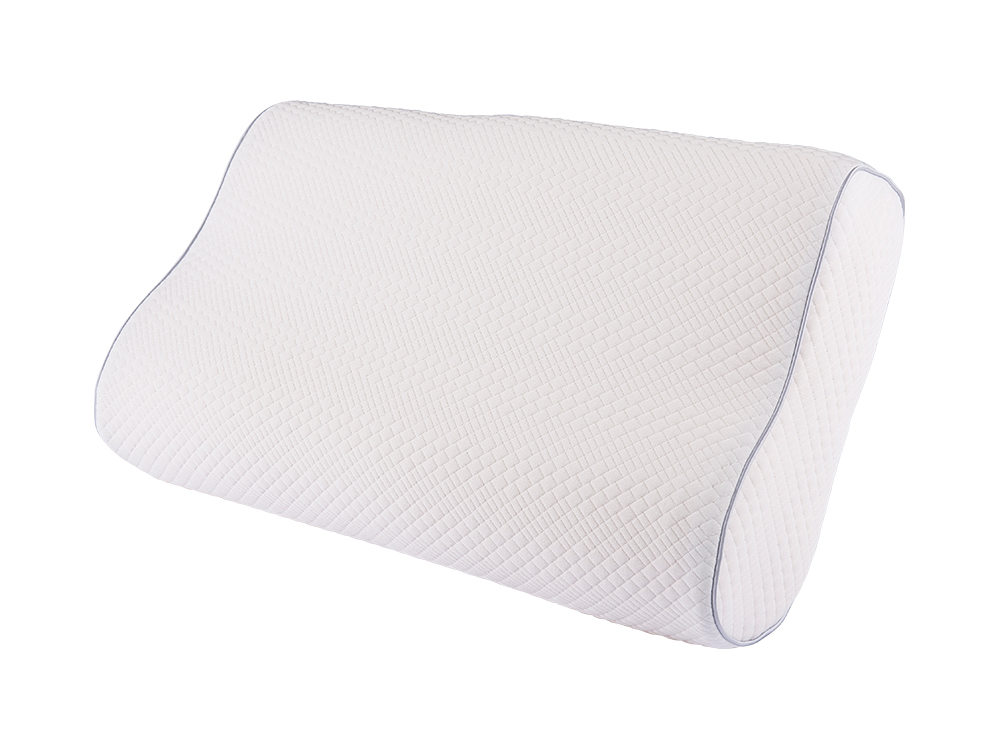
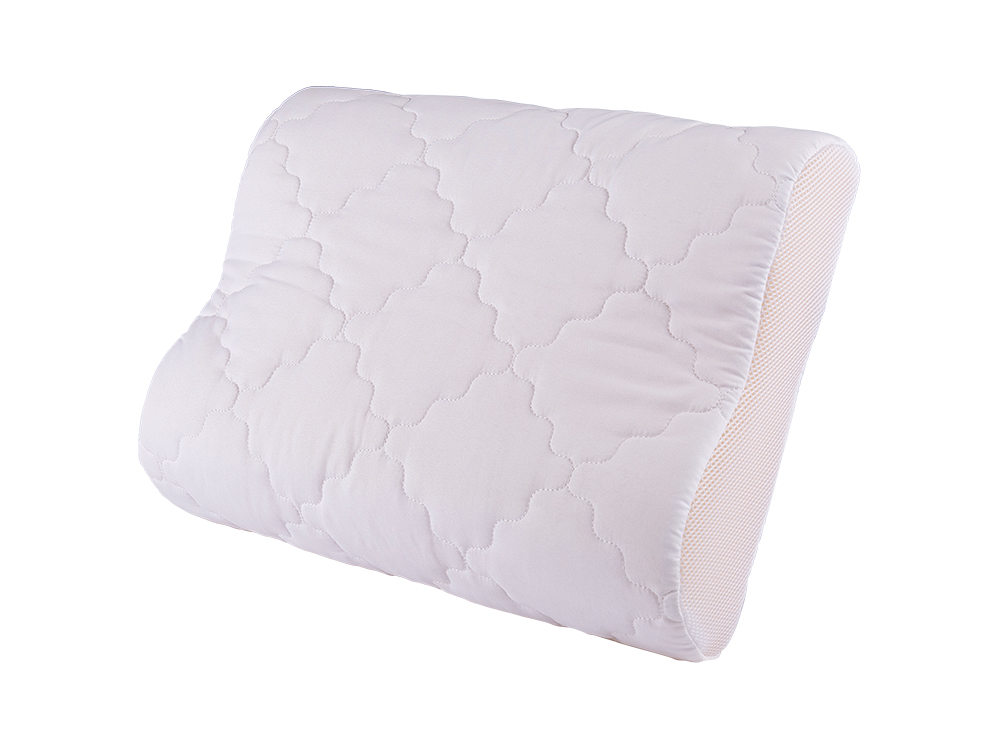

 +86-573-88798028
+86-573-88798028